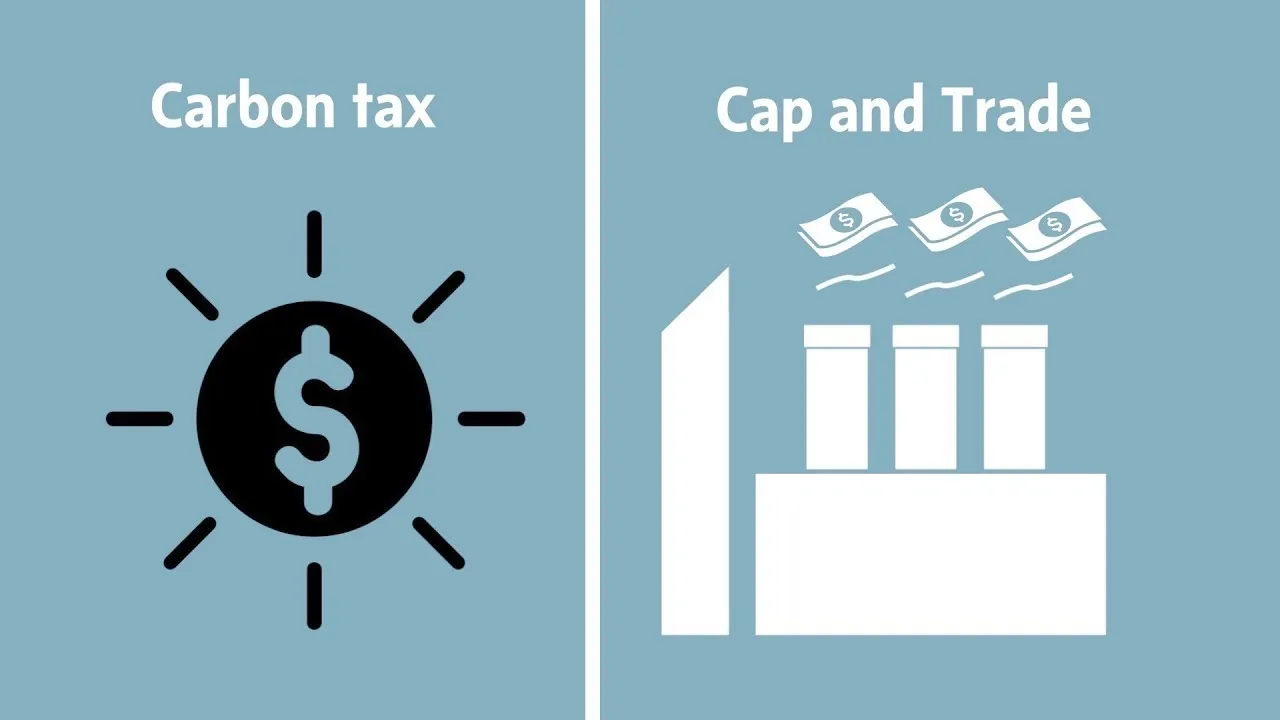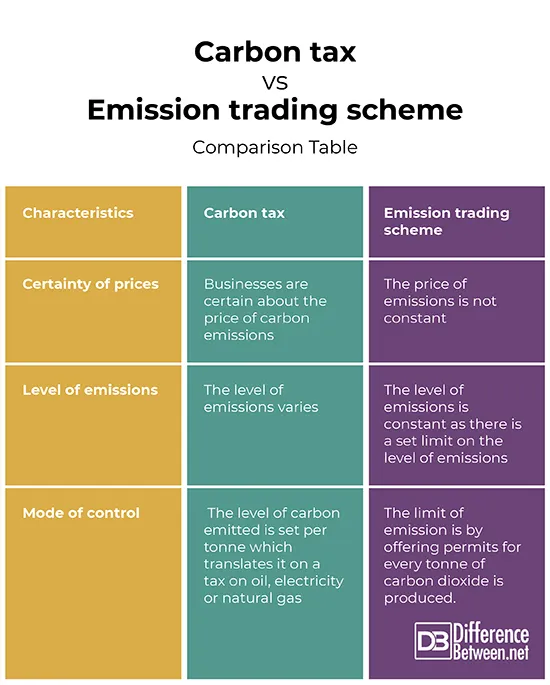By Mary-Michelle Brown

In a world where governments and corporations are becoming increasingly concerned about the impact of their business activities on the planet, carbon pricing has emerged. Currently, emitting carbon is too cheap — and the planet is suffering the consequences. Carbon pricing was designed to internalize the negative externalities produced by emitting carbon, such as air pollution. This strategy aims to discourage carbon consumption through a price that reflects the high costs of clean-ups and the health consequences that it causes to society. Policies designed to help countries transition to a net zero economy are becoming more commonplace, with the majority of them taking on the form of either a carbon tax or a cap and trade system. Although both of these systems have their strengths and weaknesses, they operate with the same goal — reducing total emissions while fostering innovation and the development of clean technologies.
Carbon taxes are popular because they are easy to understand and implement. Applying a tax on a product causes the price to increase and, in theory, decreases the number of people consuming the good, or in this case, emitting carbon. By instituting a fixed price per ton of carbon dioxide emitted in the form of an excise tax, the cost of pollution does not vary. Businesses will be penalized depending on the amount of carbon that is emitted through their activities, which creates a financial reason for them to become more sustainable. In addition to this, a tax on carbon forces households to look towards renewable energy and transition away from carbon-based fuels as they become more expensive. The carbon tax is considered by many to be an essential policy tool that can significantly limit emissions by negatively affecting those who pollute our world the most.
While a carbon tax sets the price businesses will have to pay for each ton of carbon emitted, a cap and trade system (or emissions trading system) sets a limit on the overall amount of emissions. The oldest and largest cap and trade system today is the EU ETS which was instituted in 2005 and includes all European Union member states, in addition to Iceland, Liechtenstein and Norway. It is estimated that the EU ETS covers around 40% of the member state’s total emissions. With this strategy, the governing body allocates a certain amount of “allowances” to companies, representing the emissions they are entitled to over a certain period. This system allows the minor polluting companies, or simply those that can easily reduce their emissions, to sell their excess credits to more polluting corporations. Therefore, the overall cap on emissions is met, and companies can reduce their emissions at a low cost. As with a carbon tax, carbon allowances create a financial incentive for a company to become more sustainable.
Carbon Tax vs. Emission Trading System: A Comparison

Around the world, carbon pricing policies are becoming more and more popular as a means to reduce carbon emissions. In 2021, it was estimated that the proportion of global emissions covered by these policies was 21.5%. As of April 2022, that number rose to 23%. This rise can be partially attributed to new carbon pricing instruments that were put in place in various countries. For instance, Uruguay implemented a carbon tax in January 2022 and is now the country with the highest carbon taxation rate in the world, valued at 137.29 USD per ton of carbon. Worldwide, there are currently 37 carbon taxes and 34 emission trading systems.
Although carbon pricing instruments are increasingly making their mark, there is still much room for improvement. The United States, for example, which is also one of the world’s biggest emitters, currently does not have a national carbon tax. While many states do have their own, a federal carbon tax is considered a risky political move. In addition to this, China recently launched their national ETS. While they hold the largest share of global emissions, carbon is still priced relatively cheaply, with the closing price for 2021 estimated at around 8.5 USD per traded allowance. Although other places around the world, such as the EU, California and New Zealand, are seeing record-high ETS allowance prices, it is estimated that these will need to be much higher to meet the goals of the Paris Climate Agreement.
As more countries commit to net zero emissions by 2050, carbon pricing is seen as an essential tool in this transition. For it to work correctly, businesses must have a sufficient economic incentive to change. In other words, the price of carbon must be high enough to make a difference. If well designed, both carbon taxes and cap and trade systems will be crucial tools used to force businesses to become more sustainable and play their part in helping mitigate the effects of climate change.
References
https://www.carbonpricingleadership.org/what#:~:text=Carbon%20pricing%20is%20an%20appr
https://climate.ec.europa.eu/eu-action/eu-emissions-trading-system-eu-ets_en
https://openknowledge.worldbank.org/bitstream/handle/10986/37455/9781464818950_Executive
